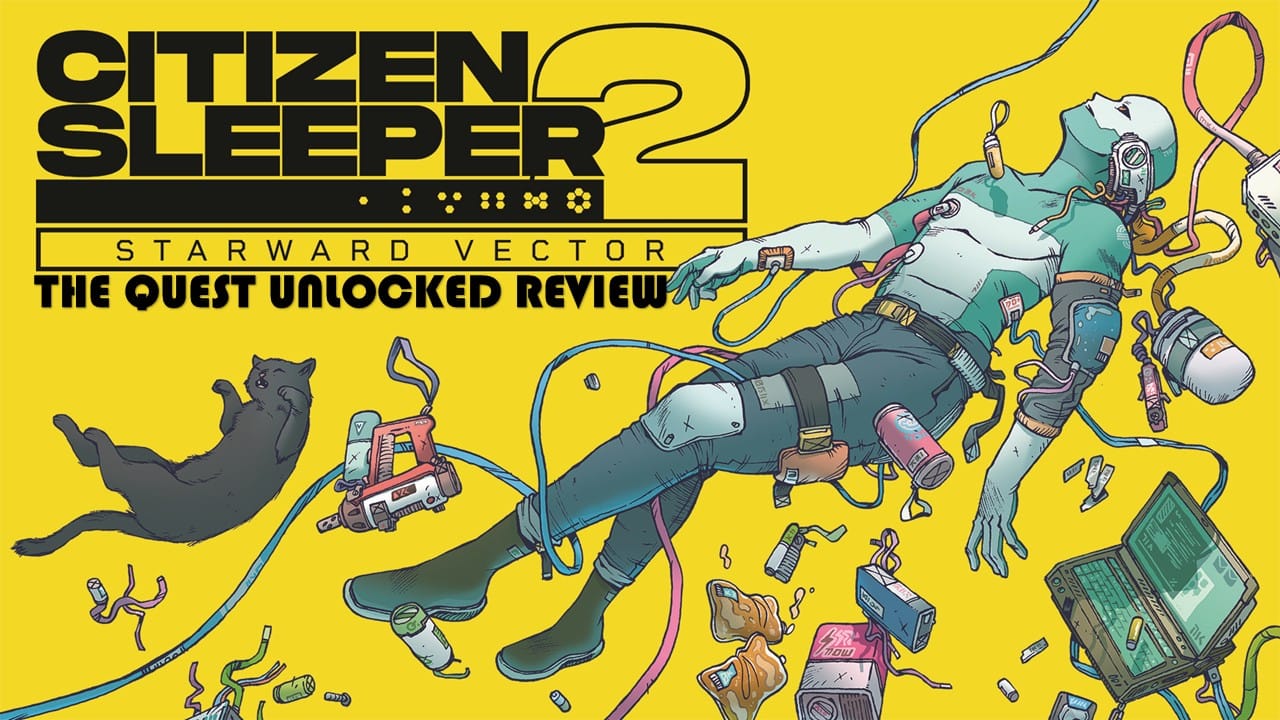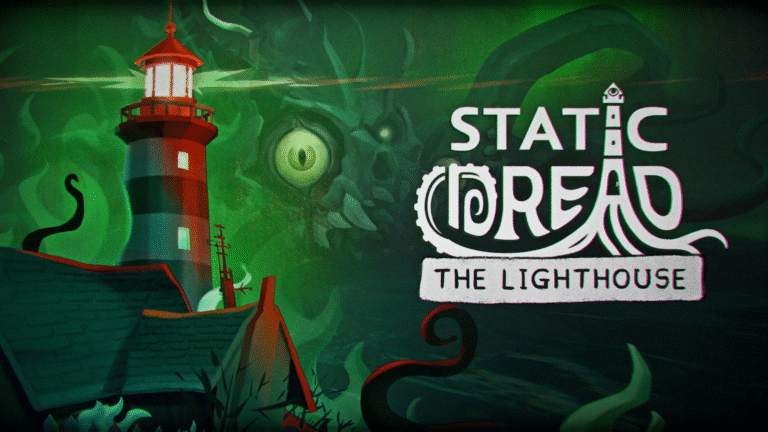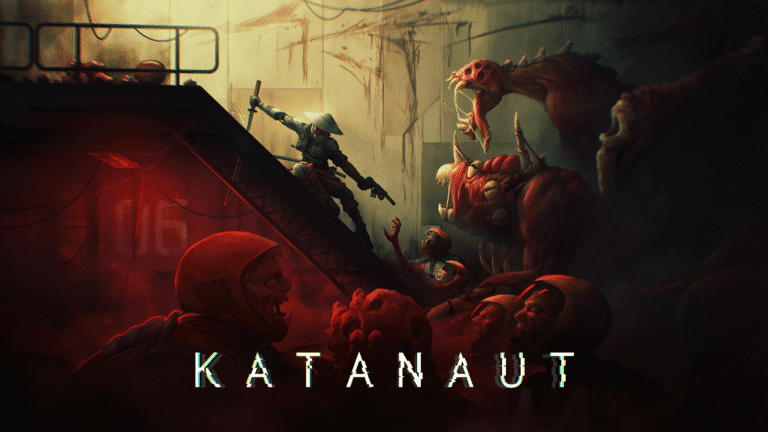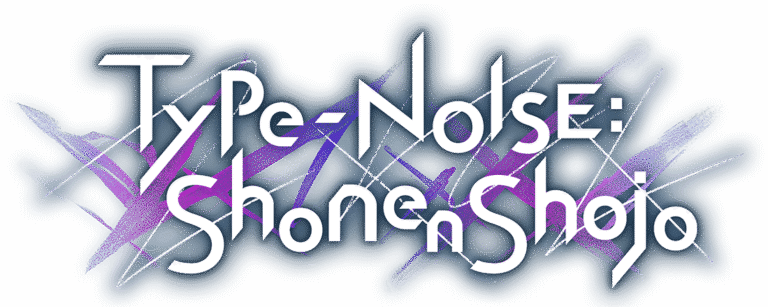
Waking Up in the System (Again)
Citizen Sleeper 2: Starward Vector is not just a sequel; it’s a reawakening. From the moment you boot up the game, you’re thrust into a world that feels both familiar and refreshingly new. The original Citizen Sleeper was a masterclass in intimate storytelling, blending tabletop RPG mechanics with a deeply personal narrative about identity, survival, and resistance in a corporate-dominated galaxy. The sequel, developed once again by the solo genius Gareth Damian-Martin, doesn’t just build on that foundation—it expands it, refines it, and dares to ask even bigger questions.
But does Citizen Sleeper 2 live up to the lofty expectations set by its predecessor? The short answer is yes, though not without a few caveats. This is a game that takes risks, introducing new mechanics and a broader scope that, while occasionally overwhelming, ultimately enrich the experience. It’s a sequel that feels both reverent and rebellious, honoring the original while carving out its own identity.
So, is Citizen Sleeper 2 worth your time? For fans of narrative-driven RPGs, cyberpunk aesthetics, and tabletop-inspired gameplay, the answer is a resounding yes. But let’s dive deeper to understand why.
What Is the Game About? – A Sleeper’s Guide to Surviving the Corporate Void
At its core, Citizen Sleeper 2: Starward Vector is a story about freedom, community, and the struggle to carve out a life in a galaxy that sees you as disposable. You play as a Sleeper—a synthetic humanoid with a human consciousness, designed to serve as cheap labor for corporate overlords. But you’re different. Unlike other Sleepers, you’ve broken free from your programming, and now you’re on the run, searching for meaning and a place to call home.

The game’s setting is a stark departure from the claustrophobic confines of Erlin’s Eye, the space station that served as the backdrop for the first game. This time, you’re aboard a ship, exploring the Starward Belt—a collection of asteroids, derelict stations, and hidden habitats. Each location is a microcosm of life on the fringes of society, filled with characters who are just trying to survive in a galaxy that’s rigged against them.
Thematically, Citizen Sleeper 2 continues to explore the intersection of capitalism, identity, and humanity. It’s a game that asks what it means to be human in a world where even your body isn’t your own. But it also introduces new themes, like the importance of community and the power of collective action. The addition of a crew—a ragtag group of misfits who join you on your journey—adds a layer of emotional depth that was missing from the first game.
Visually, the game is a treat. The hand-drawn character art by Guillaume Singelin is as striking as ever, and the 3D backgrounds bring the Starward Belt to life in a way that feels both lived-in and otherworldly. The soundtrack, composed by Amos Roddy, is a haunting blend of electronic and ambient music that perfectly captures the game’s tone.
Rolling the Dice on Destiny
The storytelling in Citizen Sleeper 2 is where the game truly shines. Like its predecessor, it’s a narrative-driven experience that puts player agency at the forefront. Every decision you make—from which contracts to take to how you interact with your crew—shapes the story in meaningful ways.

The game’s branching paths are expertly crafted, offering a level of replayability that’s rare in narrative-driven games. Will you help a union organize a strike, or will you side with the corporate overlords who promise stability at the cost of freedom? Will you risk everything to save a crewmate, or will you prioritize your own survival? These are the kinds of dilemmas you’ll face, and the game doesn’t shy away from the consequences of your choices.
The characters are another highlight. From Serafin, your loyal pilot and first companion, to Laine, the menacing crime lord who’s hot on your trail, each character feels fully realized and multi-dimensional. The writing is sharp and evocative, with moments of genuine warmth and heartbreak. One standout moment involves a stray cat in zero gravity—a seemingly small detail that becomes a poignant metaphor for identity and belonging.
That said, the game’s broader scope does come with some trade-offs. While the first game’s tight focus on Erlin’s Eye allowed for a more intimate and cohesive narrative, Citizen Sleeper 2 occasionally feels scattered. Some storylines, like the Overseer arc, don’t land as effectively as others, and the main antagonist, while menacing, lacks the depth of some of the supporting characters.
Cybernetic Dice, Choices, and Consequences
The gameplay in Citizen Sleeper 2 is a mix of tabletop-inspired mechanics and survival elements. At the start of each cycle (the game’s equivalent of a day), you roll a set of dice that determine your actions for the day. These dice can be spent on various tasks, from working shifts to exploring new locations. The outcomes of these actions are influenced by your skills, which can be upgraded as you progress.
The game introduces several new mechanics, the most significant of which is the Stress system. Stress accumulates as you push your limits, whether by taking on risky contracts or using the Push ability to manipulate dice rolls. Too much Stress can cause your dice to break, temporarily removing them from play, or even result in a permanent Glitch die that’s more likely to fail.

Contracts are another major addition. These are multi-cycle missions that take you to new locations and often involve high-stakes decisions. They’re a great way to break up the gameplay loop and add a sense of urgency to the story. However, they can also feel overwhelming, especially when combined with the game’s other survival mechanics, like managing your energy and supplies.
Overall, the gameplay is a double-edged sword. On one hand, it’s deep and rewarding, with a level of complexity that will appeal to fans of tabletop RPGs. On the other hand, it can feel overly cumbersome at times, with too many systems vying for your attention.
Who Is It For? – Will You Wake Up for This One?
Citizen Sleeper 2: Starward Vector is a game for fans of narrative-driven RPGs, tabletop-inspired mechanics, and cyberpunk aesthetics. If you loved the first game, you’ll find a lot to appreciate here, even if the broader scope takes some getting used to. Newcomers, while not required to play the first game, may find the mechanics overwhelming at first, but the emotional payoff is well worth the effort.
Comparisons to Disco Elysium and Norco are inevitable, but Citizen Sleeper 2 carves out its own niche with its unique blend of tabletop mechanics and heartfelt storytelling.
Final Verdict – “Sleeper Status: Activated or Decommissioned?
Citizen Sleeper 2: Starward Vector is a worthy successor to one of the most innovative indie games of recent years. It’s a game that dares to take risks, introducing new mechanics and a broader scope that, while occasionally overwhelming, ultimately enrich the experience. The writing is as sharp and evocative as ever, and the addition of a crew adds a layer of emotional depth that was missing from the first game.
Is it perfect? No. The game’s many systems can feel cumbersome, and some storylines don’t land as effectively as others. But these flaws are outweighed by the game’s strengths—its rich narrative, beautiful art and music, and deep gameplay.
In the end, Citizen Sleeper 2 is a game about finding hope in a hopeless world. It’s a reminder that, no matter how broken we are, we can still find meaning and connection in the people around us. And in a galaxy that’s rigged against us, that’s a message worth fighting for.

[This review is based on a press build of the game provided by the publisher. The Game has been reviewed on PC Platform]



